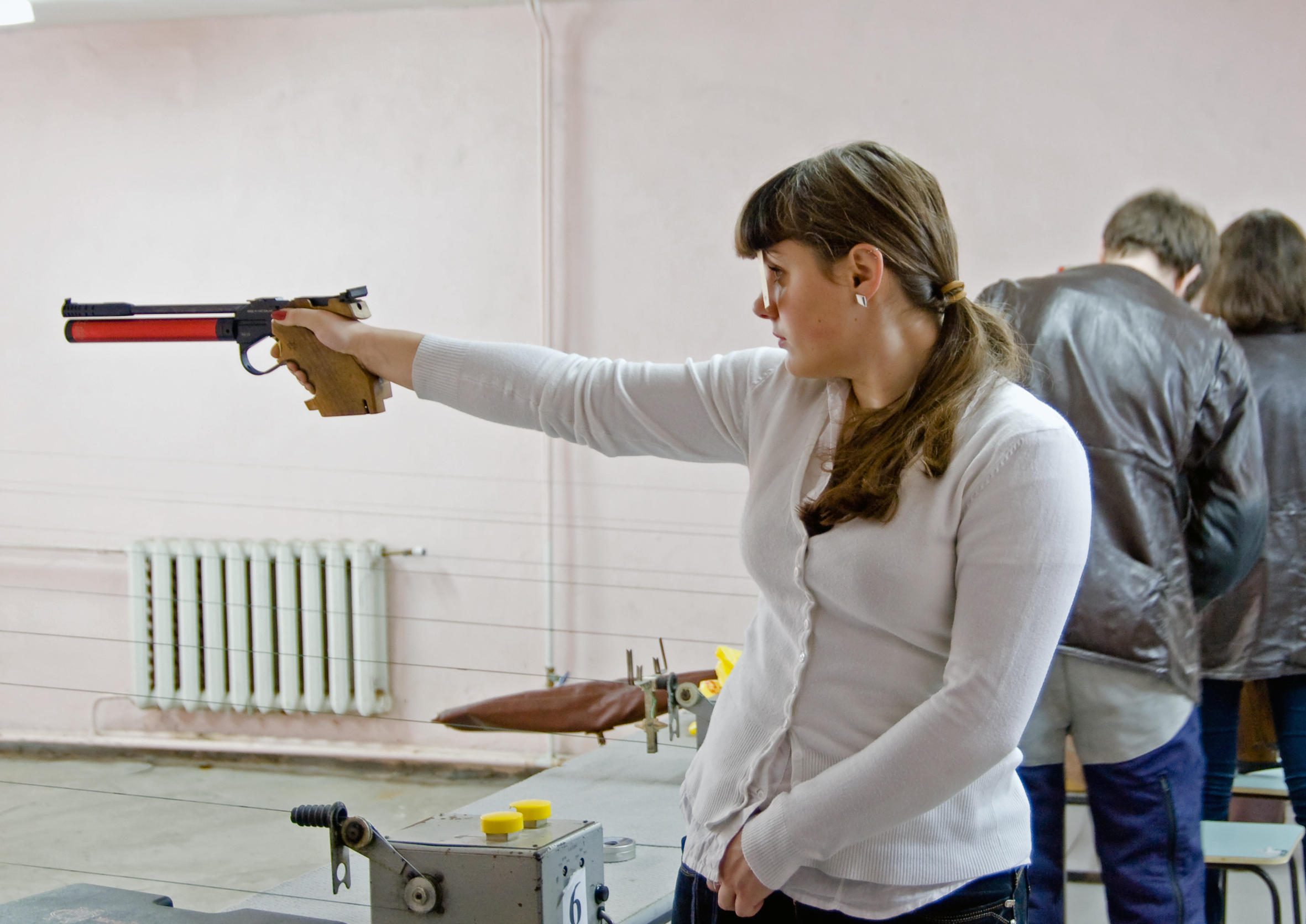Story Writing Tip: Writing Action Scenes
Expert: Stephen Geez

Story Writing Tip:
Writing Action Scenes
By Stephen Geez, GeezWriter

Some novels and stories are nearly all action. Others have a few action scenes, or may feature just one at the climax. Your action scenes need to contrast with the rest of your story so readers are caughtin the emotion and urgency. Even all-action stories slow at times so readers “catch their breath.” It re-establishes a baseline. Then the escalation has oomph. Use these techniques as you write action scenes:
–SELECT POINT-OF-VIEW (POV): Choose one character’s POV, and stick with it. Avoid breaking action for the scene or chapter break that a change in POV requires. The protagonist (good guy/hero) is the obvious choice. Still, an antagonist (bad guy/villain) or other key character’s POV prevents having to reveal the hero’s strategy. Showing POV at the center of action helps readers feel tension, but an observer might be able to see more. If multiple points of action occur at the same time, the “bigger picture” helps preserve POV.
–PRE-SET THE SCENE: As much as possible, acquaint readers in advance with the setting, props, and characters who will appear.  Do not slow or stop action scenes to describe much more than the unfolding plot. Put that gun in the dresser during Act I so she can reach for it in Act III.
Do not slow or stop action scenes to describe much more than the unfolding plot. Put that gun in the dresser during Act I so she can reach for it in Act III.
–PURGE EXPOSITION: Avoid stopping the story to fill in “expository” info. Action scenes are not the time for background, back-story, and plotless facts. When the wolves attack, do not hit PAUSE to explain wolf-pack behavior. Do not slow an urgent defense to explain why B’kar hates to unsheath his sword. Never stop action to tell us how fast it is all happening.

–USE SOUND EFFECTS: Your prose does not have the luxury of music (yet), but you can add sound. Sound effects add atmosphere. They heighten tension. Watch a movie or TV show and notice how sound effects increase during action. Do not unspool slow sentences describing sound. Show them in italics, maybe with brief labels: Cannons roared! Boom! Boom-boom-boom! “Light it!” Sssss, hissed the fuse. Boom!
–PICK UP THE PACE: Whatever pace your non-action scenes set, increase it dramatically for action. Keep characters in motion.

Make readers feel the quicker tempo and ramped-up emotion. Write shorter paragraphs. Use shorter sentences. If you’re willing, consider fragments: Gasping for breath. Light dimming. Ledge gives way. Keep dialogue short, rapid-fire. Move readers’ eyes quickly down the text. Turn pages faster.
Well-paced action scenes are impossible to stop reading. They engage readers and keep them alert. They add flavor to every kind of story.
Now get yourself moving before it’s too late. Write some action.
Hurry! Grab us!
Fingers to the keys.
Tap tap tap-tap tap!
* * *
A member of Fresh Ink Group, Stephen Geez is the author of many novels, collections, non-fiction, articles, and web postings. Watch for his writing how-to’s at www.GeezWriter.com.

 Do not slow or stop action scenes to describe much more than the unfolding plot. Put that gun in the dresser during Act I so she can reach for it in Act III.
Do not slow or stop action scenes to describe much more than the unfolding plot. Put that gun in the dresser during Act I so she can reach for it in Act III.





